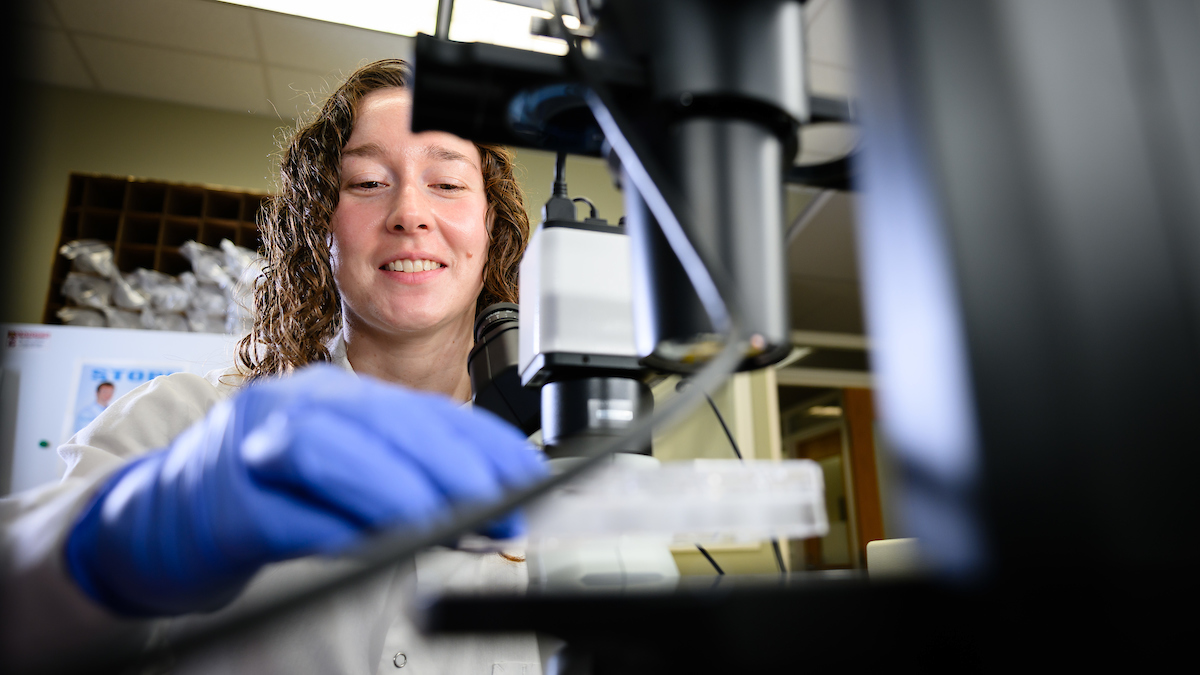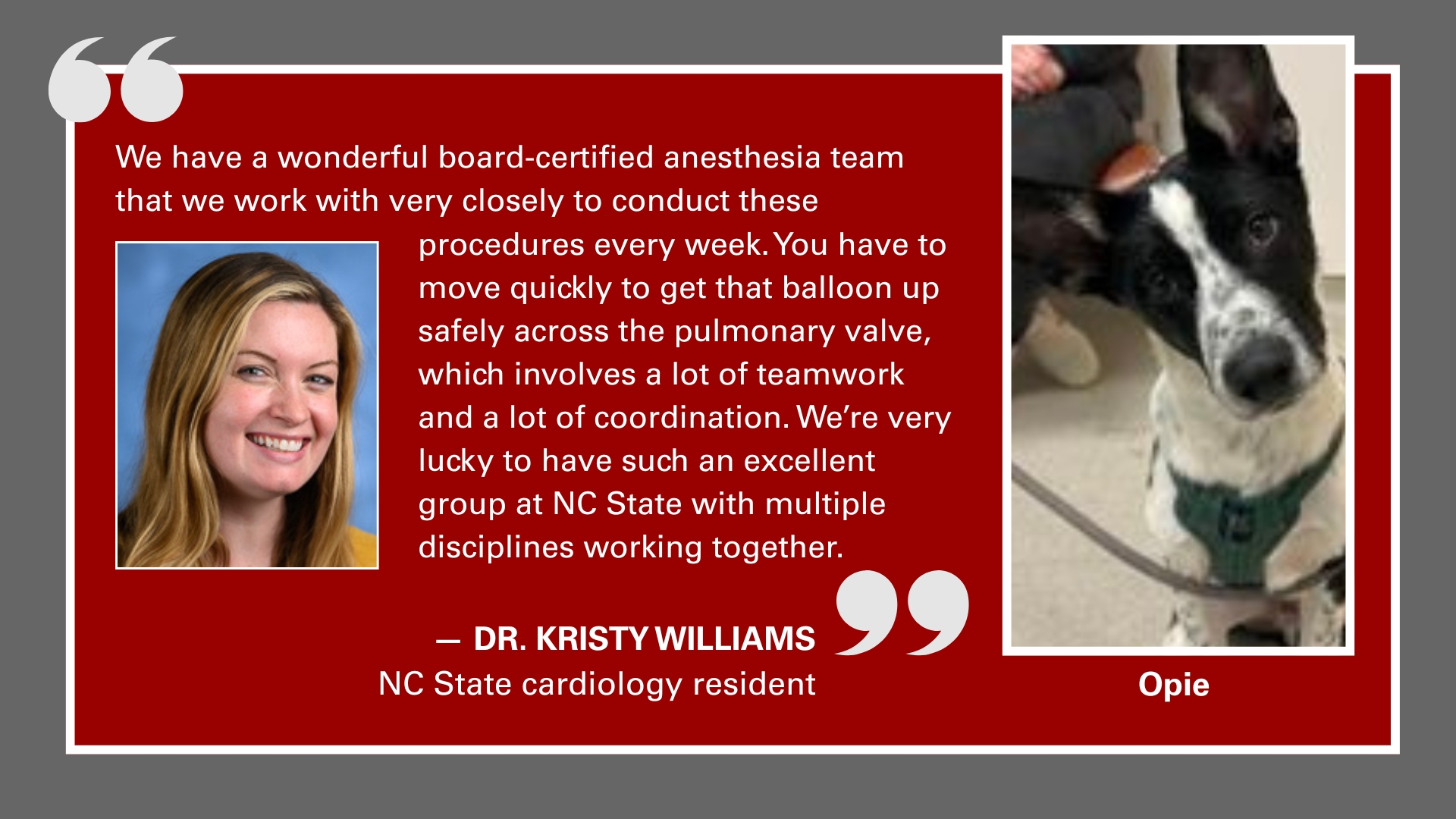One Medicine and NC State’s Center for Comparative Medicine and Translational Research
“Between animal and human medicine there is no dividing line – nor should there be. The object is different but the experience obtained constitutes the basis of all medicine.” – Rudolf Virchow (1821-1902)1
In addition to being credited as the founder of modern pathology, Rudolf

Virchow was also an early and ardent supporter of veterinary medicine. Virchow astutely observed the interdependence of animal and human health and noted that each relies on a common pool of medical and scientific knowledge.
The phrase “One Medicine” is credited to Sir William Osler (1849-1919), a disciple of Virchow’s and the “father” of veterinary pathology in North America, and is a philosophy that has been championed by Calvin W. Schwabe.2
The concept of “One Medicine” embodies the view that advances in human and veterinary medicine are dependent on an overlapping collection of technologies and research discoveries. This philosophy has been sustained most recently by the striking commonalities found to underlie the genomes of humans, chimpanzees, dogs, cattle, chickens, and rodents.
Given these commonalities and burgeoning issues such as emerging infectious diseases, public health and food safety, biodefense, and wildlife conservation, the “One Medicine” concept was lauded in a recent report from the National Research Council of the U.S. National Academy of Sciences.3 Indeed, a substantial increase in resources for research and the training of researchers in veterinary science was cited as a critical national need.
The “One Medicine” concept is the foundation of NC State University’s Center for Comparative Medicine and Translational Research (CCMTR), a community of more than 100 scientists from five NC State University colleges. These investigators are involved in collaborative studies with government, private, and other academic researchers to advance knowledge and practical applications that improve the health of animals and humans.
- Quoted by Joseph V. Klauder in “Interrelations of Human and Veterinary Medicine,” New England Journal of Medicine 258 (4): 170-177, 1958.
- Calvin W. Schwabe, “Animal Diseases and World Health,” Journal of the American Veterinary Medical Association 153 (12):1859-63, 1968, and “Veterinary Medicine and Human Health,” 3rd ed. Williams & Wilkins, Baltimore, MD.
- “Critical Needs for Research in Veterinary Science,” National Research Council of the National Academies, 2005, The National Academic Press, Washington, DC.


